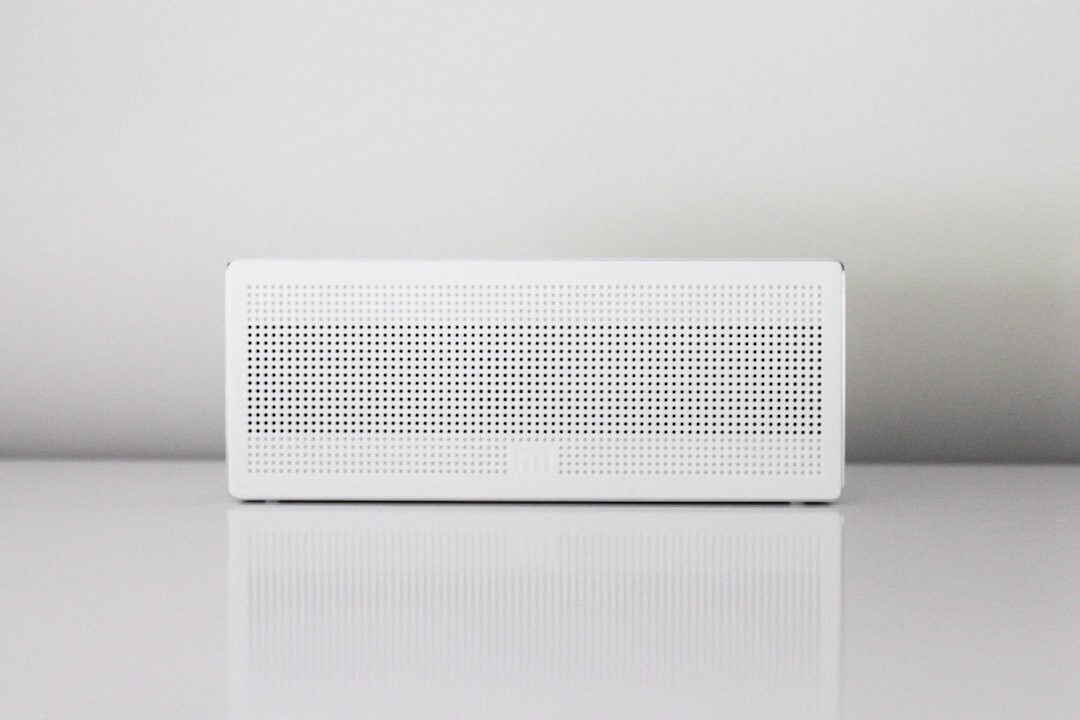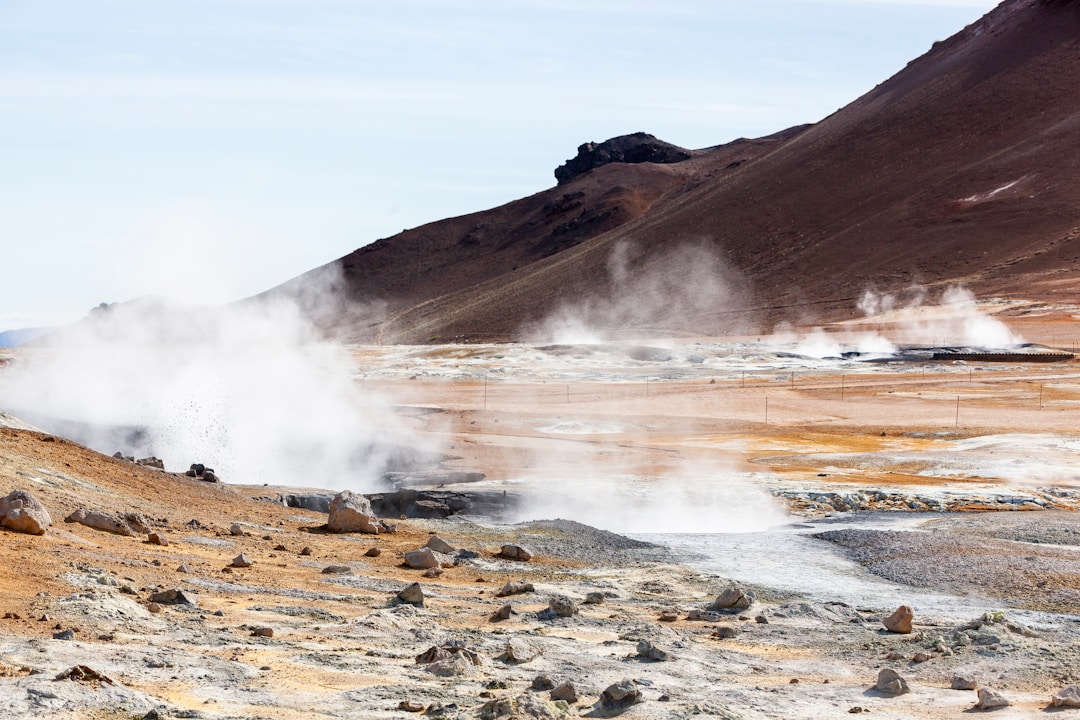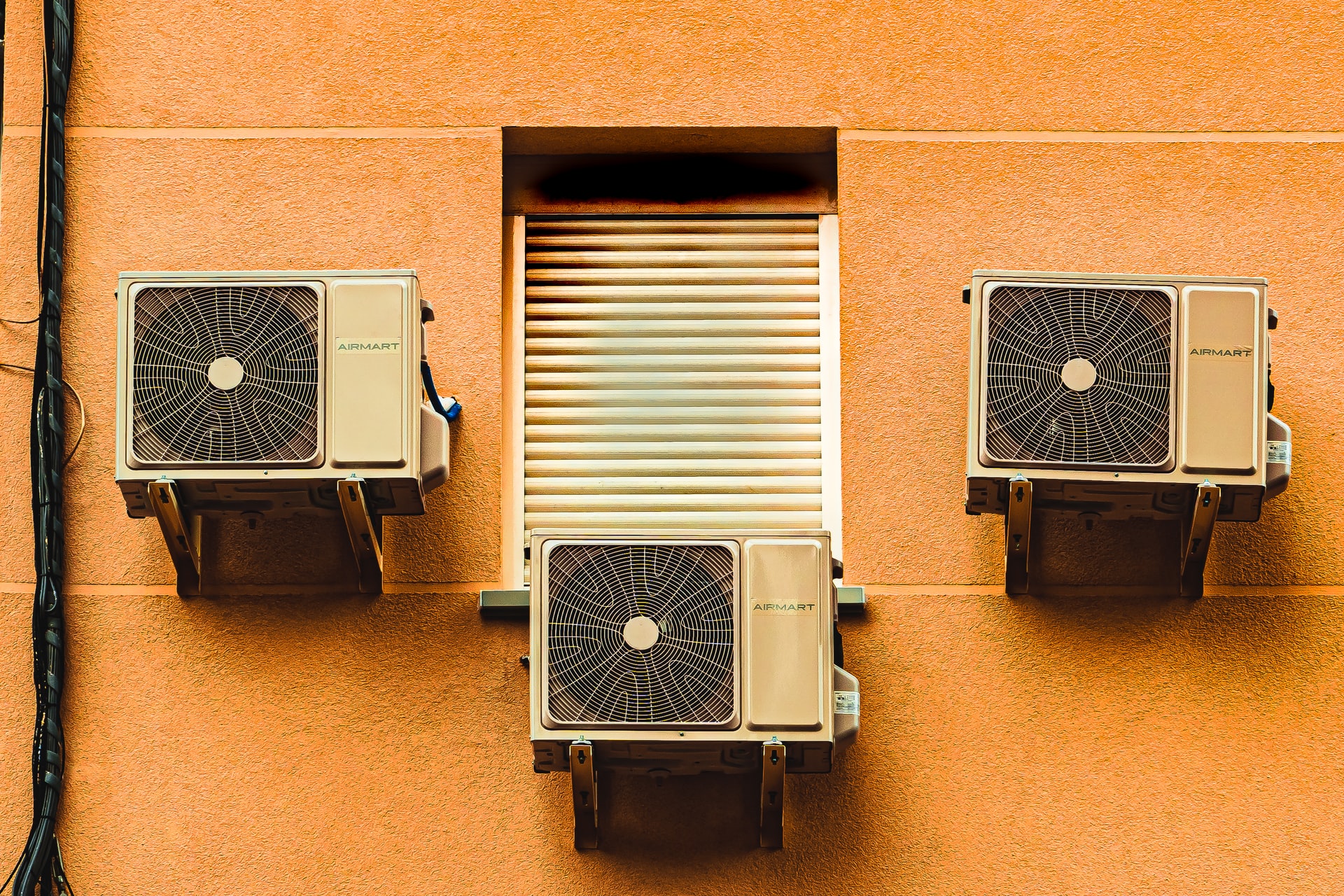How Geothermal HVAC Systems Operate
When it comes to having a more environmentally friendly house, homeowners are investing time and money into elements such as composting, water conservation, and solar panels. For many years, however, it was hard to do much about HVAC systems as one of the largest energy consumers in the home. With the push towards going greener, though, geothermal systems have recently become a promising and increasingly popular option. Many new homeowners and builders are attracted to geothermal systems because of the increased energy savings as well as the low impact on the planet. Whatever the reason behind using geothermal heating and cooling, these systems have become more popular across the country.
By 2050, geothermal HVAC systems are expected to be used in a large percentage of homes. A geothermal heat pump is an electrically powered refrigeration system that brings energy back and from between the building and the earth. The basic operation of a unit relies on the fact that the temperature is a constant 50 to 60 degrees below the earth’s surface. A geothermal heat pump draws on this constant heat source by concentrating and transferring the heat to generate hot water and heating. Let’s take a look at how geothermal HVAC works.
What is geothermal HVAC?

As discussed, a geothermal heat pump and power system rely on the constant temperatures below the earth’s surface for heat exchange. Even though many areas can experience extreme climate changes between seasons, temperatures beneath the surface remain warmer.
Geothermal heat pumps are considered extremely high-efficient heat pumps as they exploit these underground temperatures. These systems use heat exchange between outside air and underground temperatures to create an air that is heated and cooled for homes and buildings. Pipes that are buried in the ground circulate water and bring heat from the earth in the winter, and deposit heat into the earth in the summer.
How does geothermal HVAC work?

A geothermal system typically has an indoor unit and a ground loop buried in the earth. These units work in tandem along with the constant temperatures underground to bring thermal energy from the earth. During the winter months, the system’s ground loop absorbs thermal heat and brings it inside. The indoor unit then compresses the heat to bring it to a higher temperature.
The heat is used for hot water or distributed throughout the house in the winter. During the cooling season, the system works in reverse. The heat is pulled out of the home and sent to the ground loop where it’s deposited into the cooler earth.
Geothermal heating and air conditioning systems are some of the most efficient and eco-friendly systems available today. Different from conventional systems, geothermal units rely on absorbed ground temperatures and stored energy supplied by the sun. Geothermal systems use little electricity to turn energy harvested from the earth into comfortable air temperatures inside your home.
Advantages and disadvantages of geothermal systems.
Like other appliances and technologies that rely on renewable energy sources, geothermal systems usually require significant upfront costs. A new geothermal HVAC system can cost over $10,000. You will also have to consider additional costs for any ductwork or other upgrades that might be needed. As a return, however, homeowners usually recoup the costs of these systems with energy savings that cut utility bills by up to 70%.
Studies indicate that customers will typically see a full return on their investment in seven to eight years after installation. Environmentally, these systems reduce greenhouse gases and have a lower impact on non-renewable energy sources. Replacing a standard HVAC system with a geothermal system would be similar to removing two vehicles from the road or planting over 700 trees!
Geothermal heat pump systems can come with a variety of energy-efficient and cost-savings benefits. These systems appeal to many new home buyers and builders with low operating costs and little environmental impact. You’ll want to do research and consider the upfront costs before deciding if one of these systems is right for your home and family.




